International
More than forty dead in Gaza after another night of Israeli bombings
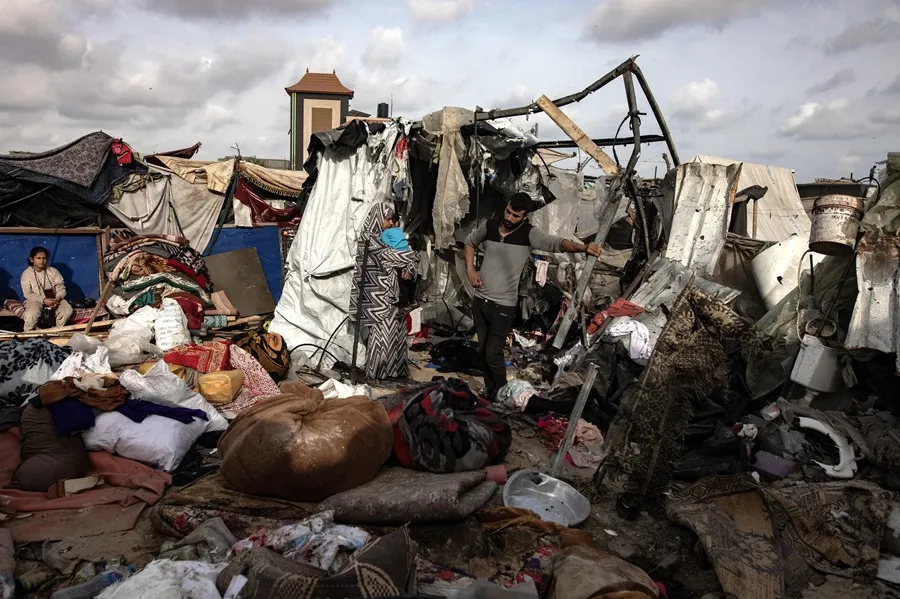
– More than forty people died in the Gaza Strip, 16 of them in the city of Rafah, after another night of intense Israeli bombings, some of which reached several tents for displaced people near the centers of the UN Palestinian Refugee Agency (UNRWA).
The Gazati Ministry of Health, controlled by Hamas, reported the death in the last hour of 46 people and more than a hundred injured.
According to sources from Rafah, at least seven people died in the Al Hashash area, while another seven perished in attacks against the displaced person camp in Al Baraksat, in the northwest of the town and near UNRWA shelters.
Two other Gazats, specifically an old man and a ten-year-old boy, died in artillery attacks, also in Rafah.
The boy’s family told the Qatari channel Al Jazeera today that his home was the target of a bombing when they were preparing to leave the Zourob neighborhood, in search of a safe place, in the face of the intensity of the Israeli attacks.
In that same neighborhood, this morning there were movements of Israeli military vehicles and excavators “under intense fire of smoke bombs and flares,” in addition to the flight of helicopters and drones, according to the information provided to EFE by local sources.
There were also intense bombings in the Tal al Sultan neighborhood, an alleged “safe zone” in the northwest of Rafah that hosts hundreds of displaced people and in which at least 45 Gazans perished yesterday as a result of an Israeli attack that triggered a fire.
The more than 100 people who were injured in that attack have flooded the few medical services in operation.
As denounced today by the oenegé Doctors Without Borders (MSF), some of the attacks recorded in recent days took place near its stabilization center (where the most serious cases are treated), which prevented medical personnel from both entering and leaving the enclosure where they treated patients.
According to UNRWA, about one million Gazans have fled Rafah, since the Israeli ground offensive began in the area.
Now they are also being forced to leave the western area of Rafah, heading for Jan Yunis, as the bombings grow and the troops approach.
The Israeli Army said today in a statement that it has dismantled tunnels and observation posts of Palestinian militias in the vicinity of the Yabalia refugee camp, in northern Gaza, where the armed forces returned to operation after leaving the area practically devastated at the beginning of the war, under the premise that Hamas was regrouping.
In addition, Israeli soldiers located several tunnels and weapons in Rafah, where they hold “close-range combats” with Palestinian militiamen.
“The activity is carried out while efforts are being made to prevent damage to civilians not involved in the area,” the Army said.
International
DHS Secretary Kristi Noem’s Purse Stolen in D.C. Restaurant Heist
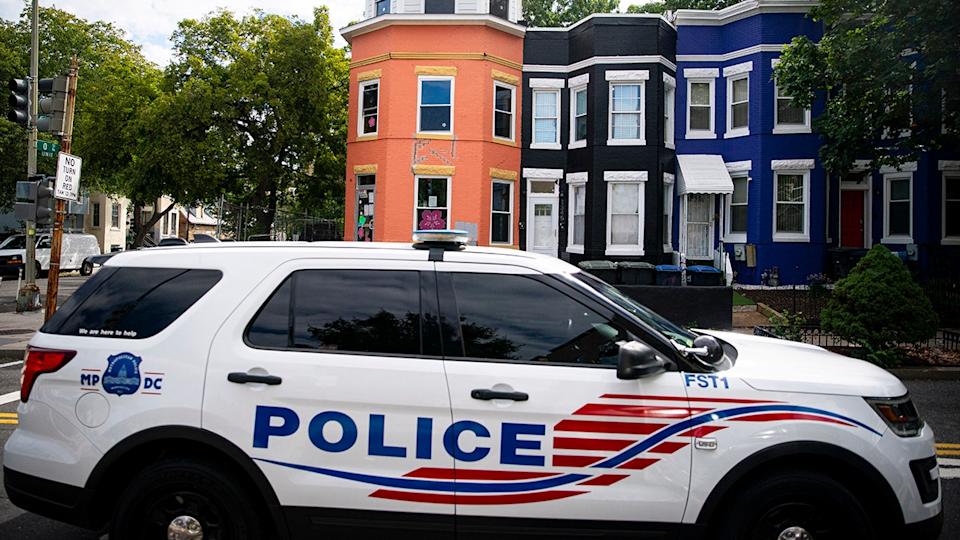
The purse of Kristi Noem, Secretary of the Department of Homeland Security, was stolen on Sunday night at a restaurant in Washington, D.C., Fox News Digital confirmed through several agency sources.
The handbag, taken by a white male wearing a mask, reportedly contained $3,000 in cash along with personal documents, including her passport, keys, driver’s license, and DHS badge, according to an agency spokesperson.
“Her entire family was in town, including her children and grandchildren. She was celebrating her retirement by treating them to dinner, activities, and Easter gifts,” the spokesperson added.
Crime continues to be a significant issue in the U.S. capital, particularly theft. However, violent crime reached its lowest level in 30 years last year, according to the Office of the Attorney General at the time.
International
Pope Francis: The Quiet Architect Behind the U.S.-Cuba Thaw
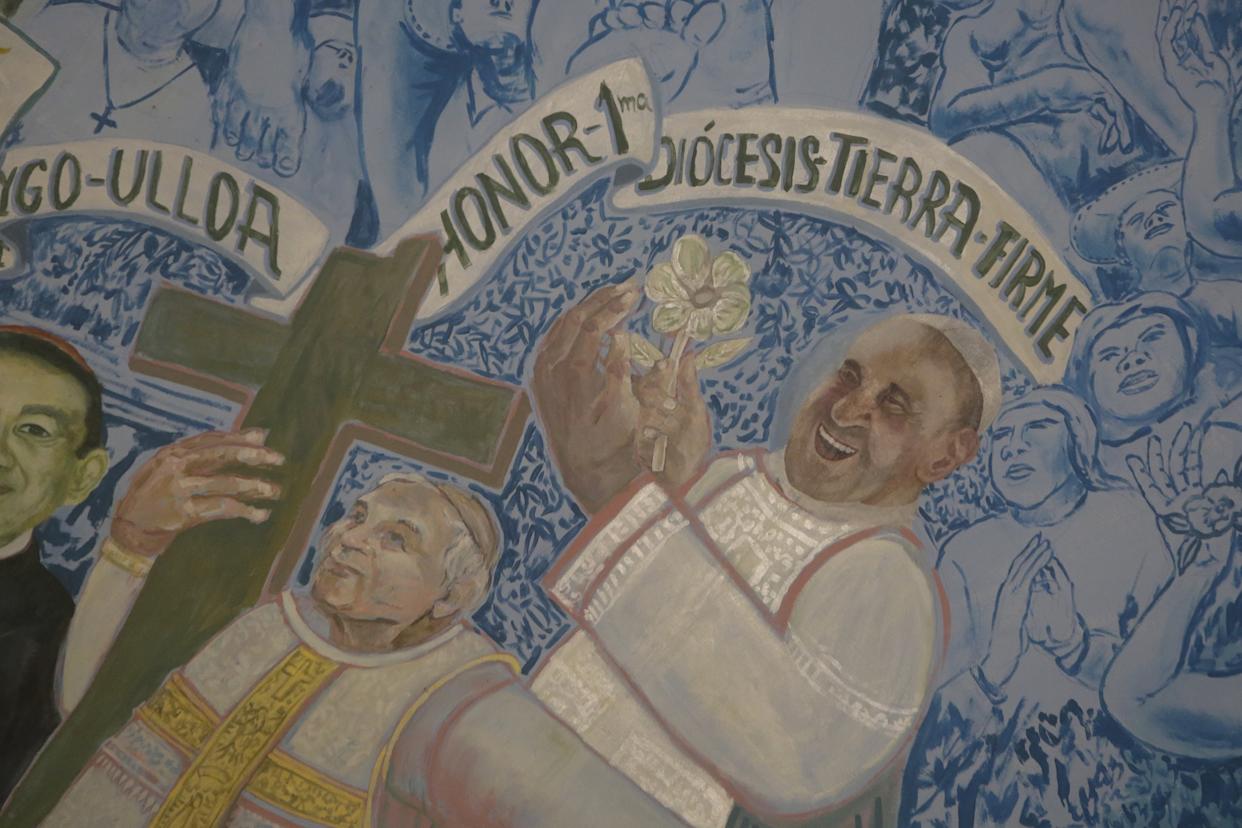
When then-U.S. President Barack Obama and Cuban President Raúl Castro announced the reestablishment of diplomatic relations in December 2014—after decades of hostility—there was a third figure present in both speeches: Pope Francis.
This thaw in U.S.-Cuba relations—later reversed by Donald Trump—was the result of behind-the-scenes negotiations personally encouraged by Pope Francis, who passed away on Monday at the age of 88, just over a year after becoming head of the Catholic Church.
Upon learning the news of the breakthrough, the pontiff humbly stated, “This was made possible thanks to the ambassadors and to diplomacy,” which he called “a noble, very noble job.”
In 2015, months after the announcement, Raúl Castro visited the Vatican and met with the pope. Over time, Castro developed a fondness for Francis that he never had for his predecessors, Benedict XVI and John Paul II. “If the Pope continues talking like this, sooner or later I’ll start praying again and return to the Catholic Church—and I’m not joking,” said the younger Castro, who, like his brother Fidel (1926–2016), had been educated by Jesuits—the same order to which Pope Francis belonged.
Pope Francis visited Cuba later that year. Just days before his arrival, the Cuban government announced the pardon of 3,522 common prisoners as an act of clemency.
While in Havana, the pope met with Fidel Castro, who gave him a first edition of the book Fidel and Religion by Brazilian friar and liberation theologian Frei Betto.
Criticism from the Opposition
Francis’s diplomatic approach also drew criticism from parts of the Cuban opposition. In a 2022 interview with Univision, the pope revealed he had “a human relationship” with Raúl Castro.
International
Dominican Republic Declares Three Days of Mourning for Pope Francis
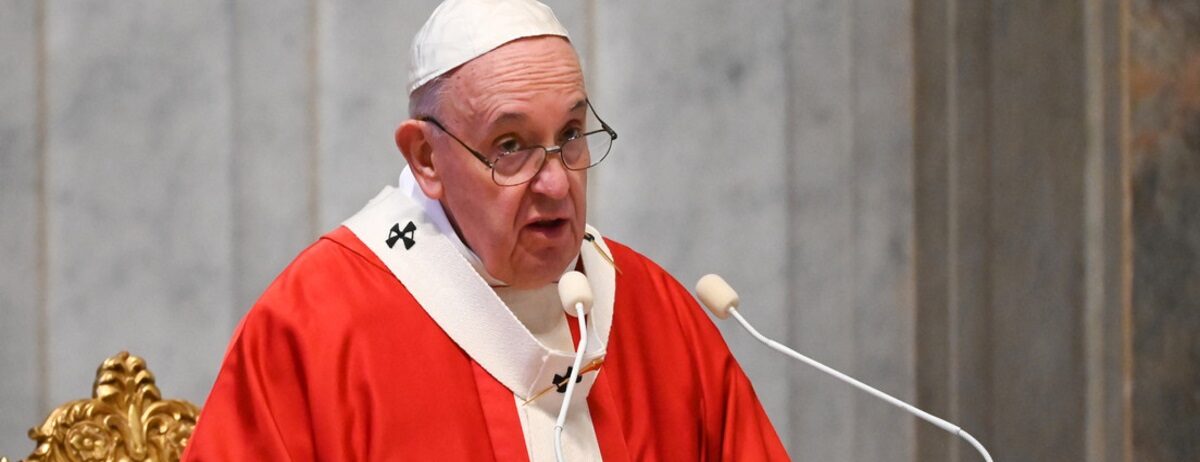
Dominican Republic President Luis Abinader has declared three days of national mourning starting Tuesday following the death of Pope Francis, who passed away on Monday at the age of 88 in his residence at the Casa Santa Marta.
In an official decree, Abinader highlighted the pope’s legacy “as a global leader who promoted significant reforms within the Catholic Church and was known for his humility, openness to dialogue, and commitment to peace among nations.”
During the mourning period, the national flag will be flown at half-staff at military facilities and public buildings.
According to a statement from the Office of the Presidency, although Pope Francis never visited the Dominican Republic during his papacy, he maintained a close relationship with the country. He expressed solidarity and empathy during difficult times, including offering prayers for the victims of the recent tragedy at a Santo Domingo nightclub on April 8, which claimed 232 lives and left more than 180 injured.
-
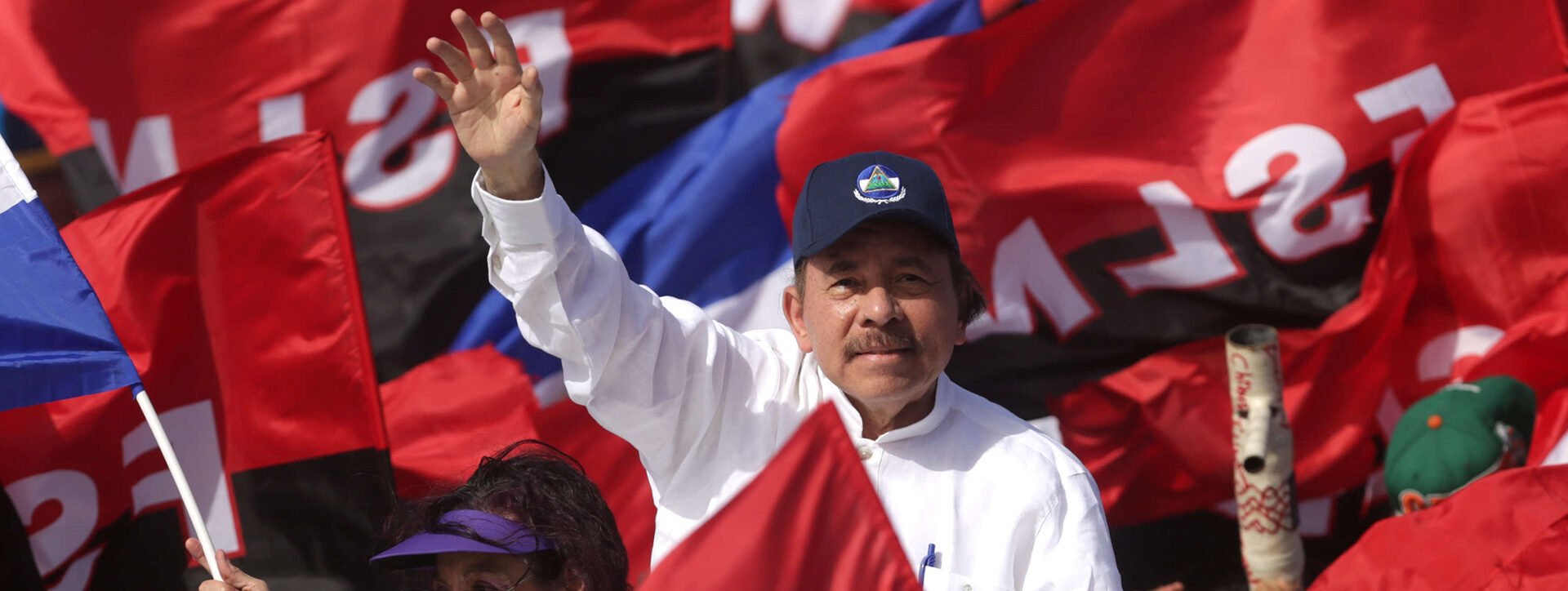
 Central America5 days ago
Central America5 days agoNicaraguan Exiles to Mark 7th Anniversary of 2018 Protests with Global Commemorations
-
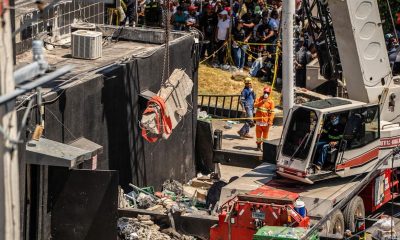
 International5 days ago
International5 days agoDominican ‘False Hero’ Arrested for Faking Role in Nightclub Collapse That Killed 231
-
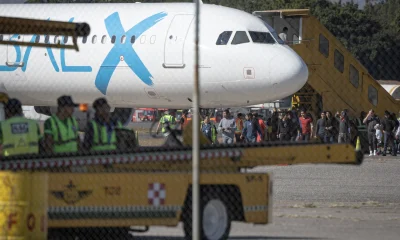
 Central America3 days ago
Central America3 days agoUN complaint filed against Costa Rica over detention of migrant children
-
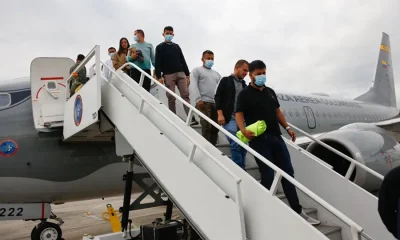
 International3 days ago
International3 days agoACLU seeks emergency court order to stop venezuelan deportations under Wartime Law
-

 Central America2 days ago
Central America2 days agoSenator Van Hollen Meets with Deported MS-13 Member in El Salvador; Trump and Bukele React
-

 International2 days ago
International2 days agoThousands rally nationwide against Trump’s threat to U.S. democracy
-

 International2 days ago
International2 days agoPope Francis Appears for Easter Blessing, Calls for Peace and Religious Freedom
-

 Central America10 hours ago
Central America10 hours agoCardinal Rodríguez to Attend Funeral of Pope Francis: “He Was Very Dear to Me”
-

 Central America10 hours ago
Central America10 hours agoNicaragua’s Ortega and Murillo Mourn Pope Francis, Acknowledge ‘Difficult’ Relationship
-

 International10 hours ago
International10 hours agoDominican Republic Declares Three Days of Mourning for Pope Francis
-

 International10 hours ago
International10 hours agoDHS Secretary Kristi Noem’s Purse Stolen in D.C. Restaurant Heist
-

 International10 hours ago
International10 hours agoPope Francis: The Quiet Architect Behind the U.S.-Cuba Thaw















